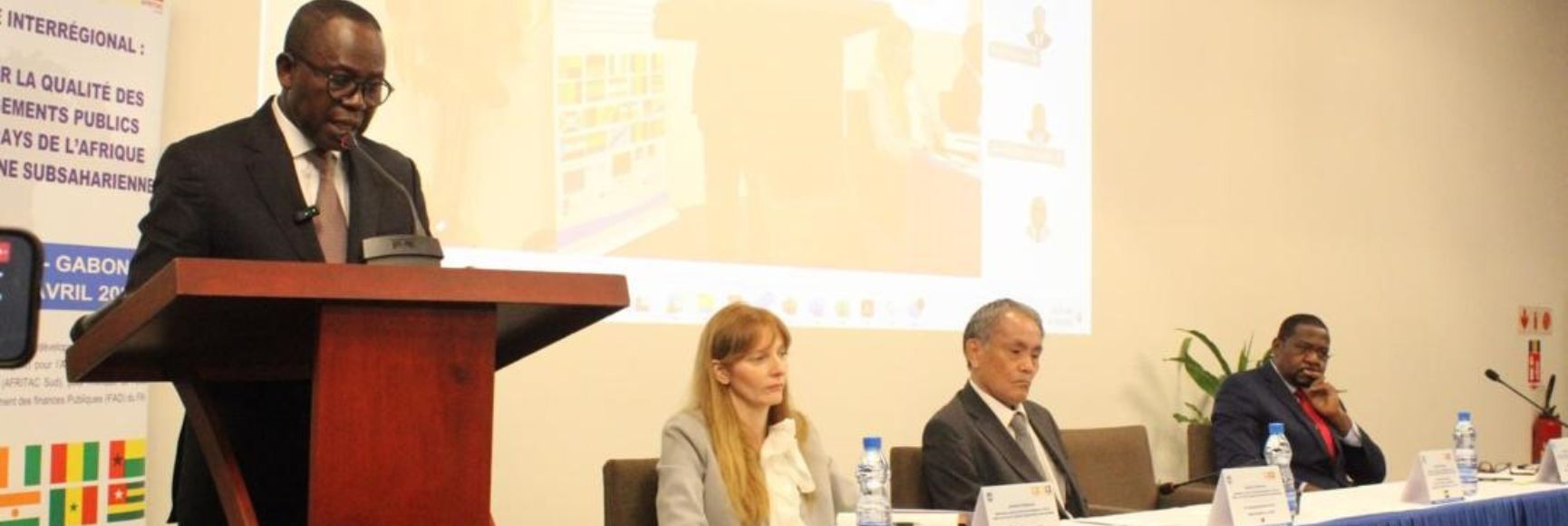
Posted by Benoit Wiest[1]
Financial Management Information Systems (FMIS) have been a feature of the PFM landscape for several decades. Recently, many countries have also adopted sophisticated e-procurement, payroll, and public investment management systems linked to their FMIS. These systems reduce the need for human intervention, allow automated controls and keep records of financial transactions for public dissemination and analysis. The data produced can be stored and archived almost indefinitely. Providing they are sufficiently comprehensive with appropriate and segregated users rights, FMISs and other PFM systems can be of major help in securing, controlling and better analyzing financial transactions. They can also help fight corruption in the public sector as most corrupt activities leave a digital trace at some point.
Yet FMIS and other IT systems are increasingly vulnerable to hacking and data tampering. How can innovative technologies be used to help secure computerized financial transactions, and search for corrupted activities? What can big data, artificial intelligence and the blockchain offer to address these issues?
In the 2000s, the appearance of easy-to-use data mining tools was a breakthrough, especially for auditing companies. The size and complexity of the data, and the vast number of records greatly complicated the work of the auditor. The new tools—which could be applied to any kind of forensic data analysis—allowed an auditor to analyze many millions of transactions as part of the due diligence process in certifying financial statements. The French Supreme Audit Institution (Cour des comptes), for example, developed in 2007 a set of automated procedures to analyze the vast number of records in the government’s general ledger to detect incorrect accounting entries or suspicious transactions.
Data mining was a major step forward, but the tools had no capacity for self-learning or for helping the auditor identify areas where cases of financial irregularity or fraud might potentially arise. This limited their usefulness.
Adding Artificial Intelligence to data mining tools allows further progress to be made in dealing with issues of financial irregularities and corruption. Corruption schemes often leave a series of tracks in poorly connected IT systems, making it difficult to connect the dots. Artificial Intelligence can be applied to develop a self-learning capability in IT systems which can identify patterns in large datasets, search for trails of information, make deductions, and adapt the searches required with limited human interaction. This kind of tool could be plugged directly into existing IT systems, on any computerized environment, including banking transactions.
The distributed ledger technology (DLT)—like blockchain—allows the synchronization of digital data across a network of computers. This renders any human interference with or manipulation of the recorded transactions more difficult as any update to the information must be agreed by all databases. While the blockchain technology was originally used to exchange digitalized currencies, it is now being utilized in other fields. A recent study[2], for example, explains how the technology could track and trace food supplies from the farm to the kitchen. It notes that, right now, consumers have no way of knowing where their food comes from because of data controls and silos in the supply chain.
Initiatives to tackle corruption by better securing any kind of digitalized record in the public sector using the blockchain are also encouraging. A system where businesses would contribute encrypted blocks of data to a DLT that could be monitored and verified would allow proof of ownership and isolate where any irregularities have occurred. Blockchain serves simultaneously as a means of exchange—of money or information—and a database that automatically registers transactions. A recent article[3] presents the example of how the Republic of Georgia registers land titles using blockchain technology. Another example is the city of Cordoba, Argentina, which recently passed a law requiring public officials to file financial disclosure forms using blockchain technology so that the data cannot be altered.
In principle, the blockchain technology could be applied to a vast number of public finance transactions. An example would be the recording and monitoring of public tender procedures through e-procurement platforms, to ensure that the procedures are competitive and fully transparent. Similarly, the technology could be used to monitor the construction and financing of infrastructure projects and ensure the integrity of specific financial transactions between the government, donors and private partners.
Overall, while these innovative technologies are extremely promising, much further work is needed in their development. They need to be supported by other initiatives to fight corruption. They will provide tangible results only with the strong backing and leadership of policy makers to increase transparency, supported by strong and independent public institutions (including civil society) willing to scrutinize public expenditure and hold governments accountable for the use of public funds.
[1] Economist, Fiscal Affairs Department, IMF.
[2] http://theinstitute.ieee.org/resources/standards/how-blockchain-technology-could-track-and-trace-food-from-farm-to-fork
[3] https://www.imf.org/external/pubs/ft/fandd/2018/03/wellisz.htm?utm_medium=email&utm_source=govdelivery
Note: The posts on the IMF PFM Blog should not be reported as representing the views of the IMF. The views expressed are those of the authors and do not necessarily represent those of the IMF or IMF policy.





